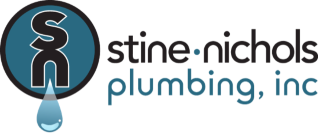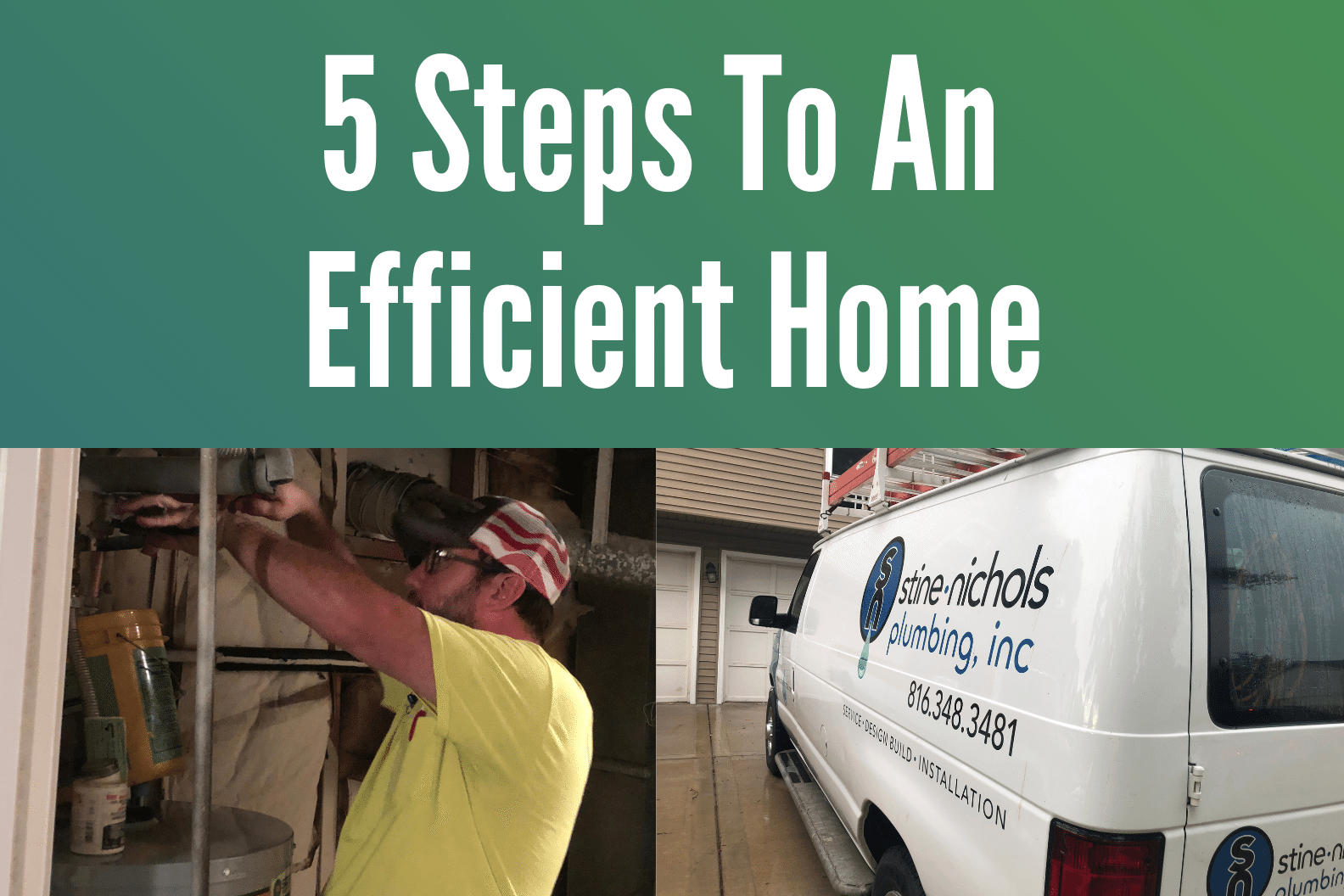If you’ve been following along with our blog, you’ve probably seen how plumbing affects much more than just your toilet! And at the same time, inefficient plumbing can lead to a costly bill for the homeowner! Whether that be a running toilet that waste thousands of gallons of water or a water heater that could’ve lasted a few more years had the sediment been flushed, there are definitely ways you can avoid having to pay a small fortune just to have your plumbing back up and running. While there’s certainly a million things I could tell you to check on, I’m going to keep it short and sweet here by detailing the 5 things you can do that’ll instantly make your home more efficient and even save you a few bucks in the long run.
1. Toilets
First stop is the bathroom where we’ll discuss your toilets. If you read our running toilet blog post, you know that a toilet constantly running wastes a lot of water, but is also usually a simple fix that can be completed as a DIY project. However, today we’re going to focus more on the type of toilet you have installed. In fact, we’re even going to dive into the technical standards of toilet manufacturing. Since the 1990’s, the water consumption standards for toilets have gradually become more stringent. A toilet produced before this time period likely used over 3-1/2 gallons of water every single time it was flushed. The requirements have drastically changed since this. For most states in the U.S., the maximum gallons per flush is now set at 1.6 for standard toilets and 1.28 for high-efficiency toilets. Both save nearly 2 gallons of water and are worth it! With this said, tip #1 on your journey to the most efficient home is purchasing a newer model, low-flow toilet!
2. Showerheads
Next up on our list is showerheads! As you can probably guess, showering uses up quite a bit of our water supply. To put a number figure on this point, the EPA reports that it accounts “for nearly 17 percent of residential indoor water use – for the average family, that adds up to nearly 40 gallons per day.” That results in close to 1.2 trillions gallons of water for the United States each year! The solution for making this more efficient? Tip #2: Retro-fit it with a WaterSense showerhead. A standard showerhead uses 2.5 gallons of water per minute. Conversely, a WaterSense showerhead doesn’t use any more than 2.0 gallons per minute. These showerheads actually have to be certified with the WaterSense label to ensure they meet the designated level of efficiency. This innovation could save you a few thousands gallons of water over the course of the year and even reduce some of the strain on your water heater.
The EPA also reports some other astonishing numbers: “If every home in the United States installed WaterSense labeled showerheads, we could save more than $2.9 billion in water utility bills and more than 260 billion gallons of waters annually. In addition, we could avoid about $2.5 billion in energy costs for heating water.”
3. Water Heater
All of the points from above are relatively low cost improvements. They’ll each save you some money on your monthly bill and won’t hurt you too badly with the initial investment. Tip #3 though is going to make you witness the benefits over a longer stretch of time. With this said, let’s talk about how a tankless water heater can improve your home’s efficiency. Traditional tank water heaters are going to hold around 40 gallons of water and utilize energy to keep that water at a specific temperature (usually around 120 degrees F). The inefficiency with this approach is that it’s keeping that water warm even when you don’t need it. Whether that be during the day when you’re at work or whenever else you’re not using water, energy is still being used. The beauty of tankless water heaters is their ability to instantly heat the water, as needed. When a tap is turned on for hot water, cold water goes through a pipe into a unit. Then, depending if it’s gas or electric, it’s heated up right then.
Keep in mind that this one isn’t absolutely necessary, as most Kansas City homeowners still have traditional tank water heaters. So no worries if you don’t want to make the significant investment on tankless technology! Personally, I don’t envision traditional water heaters going away any time soon, but it’s definitely worth keeping in mind the advantages provided by tankless heaters.
4. Find Use for the Gray Water
For those that aren’t familiar with “Gray Water,” it’s the used water from your various indoor plumbing fixtures (faucets, showers, washing machines, etc). While we wouldn’t recommend consuming this water and it may even look dirty, it has been proven to absolutely be useful for outdoor use. Some manufacturers have started to sell gray water collection kits that make this process easier. In addition to the financial benefits that it can provide to homeowners by reducing water usage, it also have eco-friendly advantages. It keeps that water out of the sewer system and prevents further pollution to the local water supply. The only thing you’ll need to be mindful of is making sure that the gray water never touches the edible parts of the plants. If you’d like to learn more about gray water conservation efforts, check out some history of the organization, Gray Water Action.
5. Being Smart With Your Water
Our final tip for today is just being smart whenever you use your water. I’m going to run through a wide range of tips here that include various areas of the house.
- When you’re brushing your teeth, just turn the water off. There’s no need to keep it running, as that’s just wasting water. The same goes for nearly every fixture in the house, brushing your teeth was just the most obvious!
- Ever seen the “Energy Star” certified washing machines? Energy Star’s website states “Energy Star certified clothes washers use 25% less energy and approximately 33% less water than standard models.” Trust me, with energy savings like that, you’ll save more than a few bucks each month on your bill!
- When you heat your water up, you’d probably not want it to cool down right away, correct? Well, that can be solved with the help of better insulation around your pipes. By improving this area of your home, there’s not as much heat loss as the water travels from your water heater to the faucet!
In addition to those quick tips above, don’t forget about being efficient when it comes to landscaping and irrigation! Whether it be a broken sprinkler line underground or simply over-watering, it’s not surprising how this can quickly become expensive! Take a look at this complete guide from Ashton Real Estate Group for an overview of what aspects you need to be mindful of when it comes to irrigation, as well as ways to use an optimal level of water each month!
Efficiency = Savings
We all hear about how much water can be saved simply from being careful with your water usage. From using efficiency-certified showerheads and faucets to advancing to the latest and greatest in water heaters, technology in the plumbing industry has transformed rapidly over the past 10-20 years. As a residential and plumbing company in Kansas City, our team sees many of these issues first-hand each and every day. If you would like to improve your water efficiency, don’t hesitate to give our team of expert Kansas City plumbers a call today. Even if you just want to get recommendations on where you system needs the most improvement, we’re always happy to help!


